Turbo or Supercharger?
Which is better, and why?
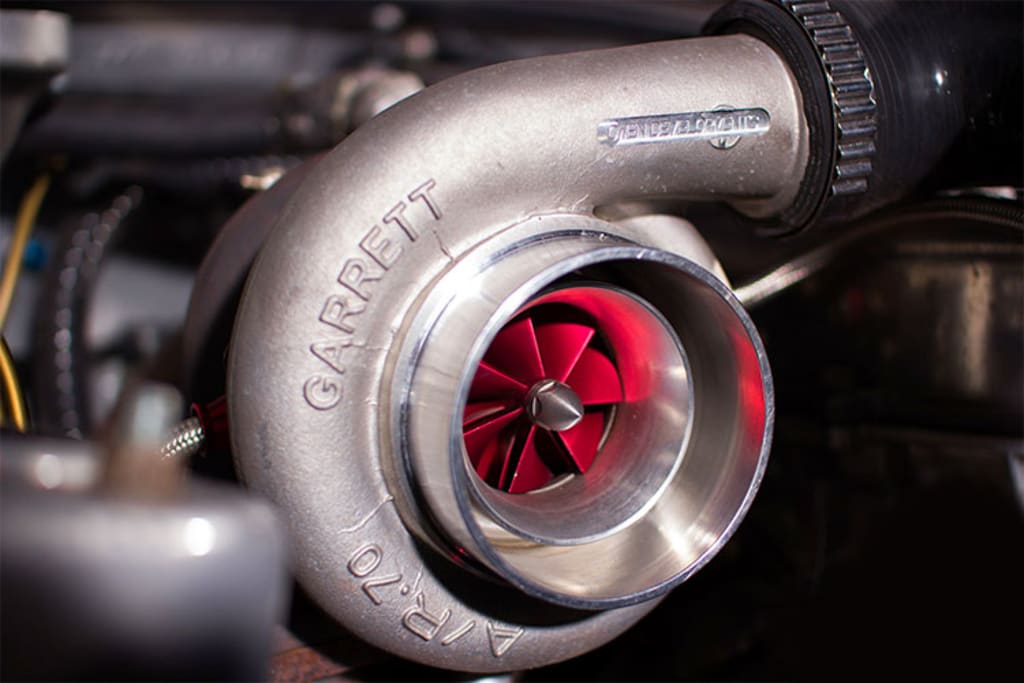
Surely, many people are familiar with what a turbocharger is, however, not many people may know how it works. Even so, car enthusiasts and motor sports fanatics around the world can’t get over the sweet, whistling sound produced by it when driving by. But is this really the best option? Here, we are going to cover the differences between a turbocharger, and it’s counterpart, the supercharger, and the PROS and CONS to both, and which one would be the best option of the two in terms of performance. Allow me to get into detail.

Firstly, what is the difference between the two? Before we begin to explain, let’s talk about the similarities; Both a supercharger or a turbocharger increase the amount of power in a car’s engine, by “forced induction”, and both are an engine component which enhance performance, however, they do not work the same way.
Let’s begin with a turbocharger and how it works. A turbocharger is made up from a compressor wheel along with an exhaust gas turbine, coupled with a shaft. In simple terms, a turbocharger is a turbine which allows more air into the intake, force feeding it through, receiving more than it casually would on its standard intake. This compressed air travels into the engine, and is then packed together, where then it causes a higher compression ratio. This higher compression allows more power to be driven by the fuel mixture in the engine when it combusts, thus adding more, giving the car a feel of being faster and performing better. However this increase in air also means an increase in pressure, and this requieres a valve to be released, hence the blow off valve. Below is an example.
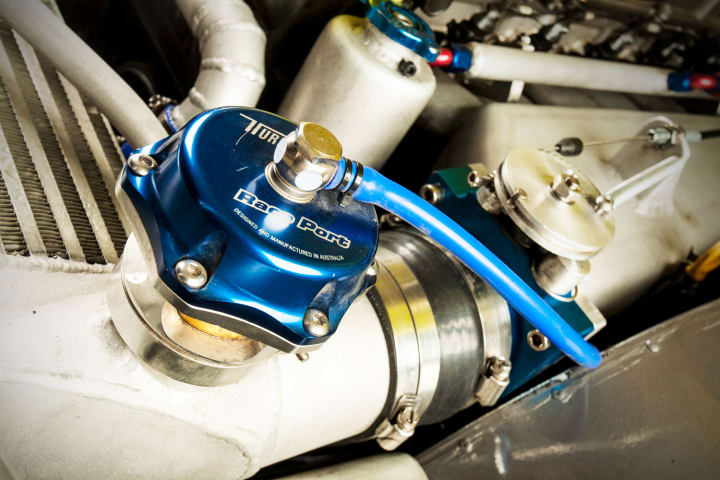
This part of the car (BOV), is a bypass responsible for releasing excess pressure in the engine into the atmosphere, which usually makes a loud noise while doing so. There isn’t much need for it on a stock engine, but for a turbocharged motor it is necessary.
There are more components necessary with a turbo setup, but for the purpose of simplicity, we will not go into too much detail with those as they aren’t as significant, as we are looking at a basic overview and looking at the differences between the two!
Alright, we have a basic overview of what a turbo is and what it does. Now let’s get into the supercharger. (Picture above for reference), the counterpart.
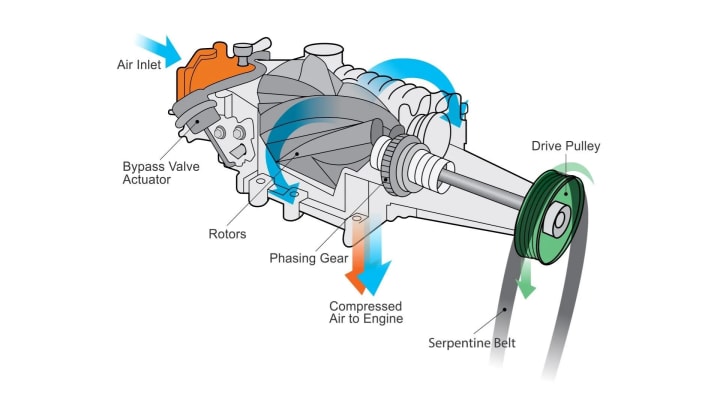
While it works similarly, the supercharger has its own individual benefits over a turbocharger. The first main difference is that a supercharger does not create a vacuum when taking air in, unlike a turbocharger. However, it is still directly linked to the intake, and it still is practically the same in terms of functionality.
Yes, functionally, it is very similar. The supercharger is connected to the engine crankshaft. As the crankshaft spins, the belt on the engine simultaneously does, thus causing the supercharger’s rotors to turn and suck in air (from the top side). From the top side, the air is compressed and then, travels below into the engine, where it is combusted and converted into power.
Typically, for a supercharger to work or rotate, it can be done just above idle, at 2,500 to 3,000 rotations per minute (rpm). In comparison to a turbocharger, this can be beneficial if you are looking to gain power at lower rpms, whereas a turbo would requiere the engine to be going a higher speed to then create “boost”, this can be referred to as “turbo lag”, the amount of time it takes for a turbo to kick in and add a positive load of pressure into the motor. They can typically rotate from 80,000 to 200,000 rpm, nearly 30 times the amount a typical engine may achieve.
Now that we know some differences between both forces inductions, the question remains, which is better? Well it depends on what you seek to gain from it, whether it’s performance or reliability.
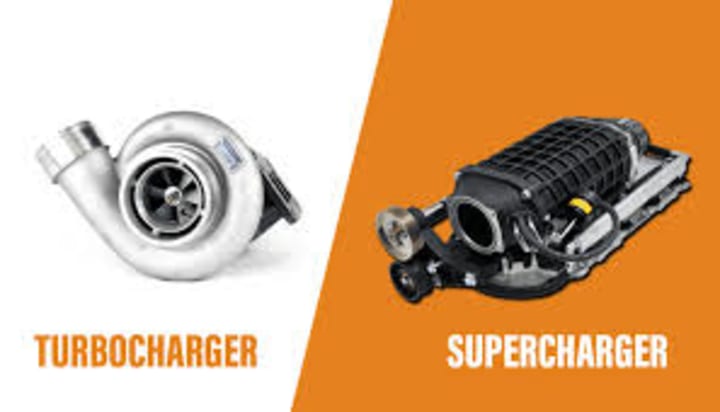
In terms of performance, either option is a great choice when you seek to add power to your motor. This is directly dependent on the type of engine it is going to be installed in and also the size and quality of the performance part. In most situations, you’d want to make sure your engine is conditioned to install a turbo or supercharger. If so, you may want to then do your own research on which of the two you’d prefer. But is that possible without knowing the benefits on each? Well, let’s save you the time, and get right to it. Some pros a turbocharger have include : A greater efficiency, better fuel economy, an increase in power, and are also known to be quieter than superchargers, allowing for smoother , more serene rides. However, they do have cons such as : Tapping into the engines oil supply , and needing lubrication, turbo lag requiring time to spool up and provide useful boost, and can be unstable when used as they may cause a surge in power , and damage the engine. But do not be alarmed, a turbo charger is still an extravagant option to place in your vehicle if you’re in some need of power. If you’re not convinced , let’s look at a supercharger’s PROS/CONS. Pros : Lower cost, being a more economic option when purchasing, lower rpm boost, allowing the engine to get consistent power , and they can easily add power to any engine, without the lag! While it may sound great, superchargers are less reliable, since they may damage the engine and affect the life of the motor more due to the increased pressure. Moreover, superchargers typically deplete engine power, to then produce more power, being less efficient than a turbo.
So which of the two is a better option? Performance wise, a supercharger is a more viable option, as it is considerably inexpensive, can boost the engine faster, and generally gives constant power. Nevertheless, performance wise, a turbocharger is the better , no compromise option , as it provides power, fuel economy, efficiency, and, does not affect your engine life on the long-term. In conclusion, both forced induction systems are great options and are versatile in their ability to boost your engine, but may have their negative effects.
About the Creator
Emil Joel Hernandez
I am a self taught writer, photographer, videographer, editor, poet, and graphic designer who is looking to hone my skills and further advance in my writing while also sharing a piece of my skills with others! I love cars and nature!
Enjoyed the story? Support the Creator.
Subscribe for free to receive all their stories in your feed. You could also pledge your support or give them a one-off tip, letting them know you appreciate their work.



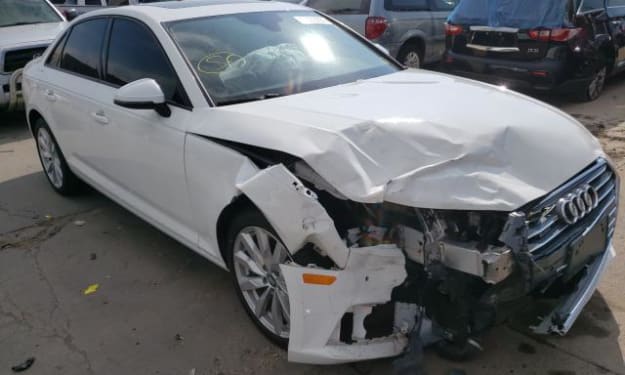
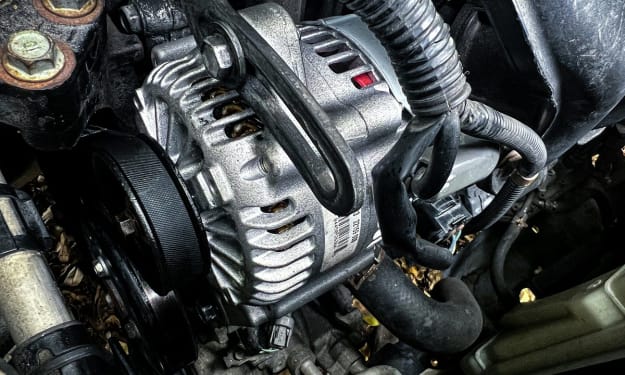

Comments (1)
First article published. Feel free to leave your thoughts :)